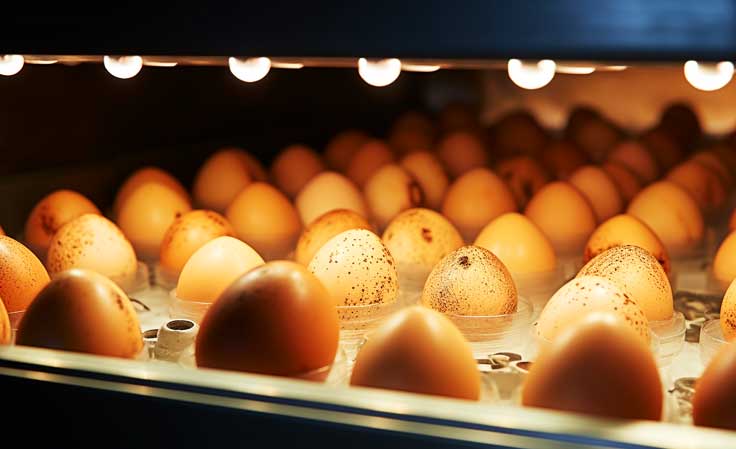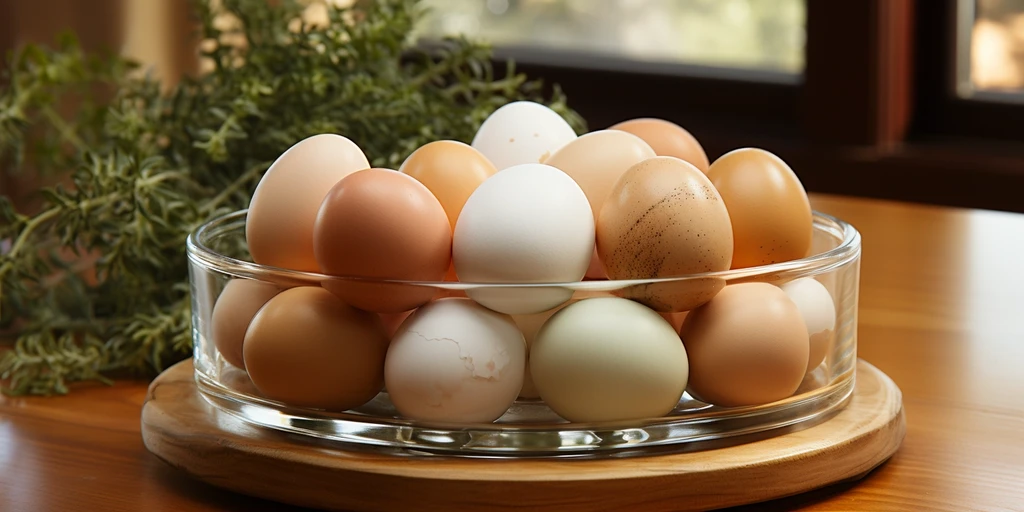The world of education is vast and varied, offering countless opportunities for children to learn and grow. One unique and engaging method is teaching kids with chicken incubators. This hands-on approach not only introduces children to the wonders of life and biology but also encourages responsibility, curiosity, and a deeper understanding of nature.
In this article, we will explore the benefits and methods of teaching kids with chicken incubators. We’ll also provide guidance on how to successfully implement this educational tool in a classroom or at home, offering a comprehensive look at the joys and challenges of hatching chicks.

The Educational Value of Chicken Incubation
Chicken incubation is a fascinating process that engages children in a hands-on learning experience. By observing the development of eggs and the hatching process, children gain insight into the life cycle and the delicate balance of life. This method of teaching fosters a sense of wonder and respect for living organisms.
Developing Responsibility and Empathy
Caring for eggs and newly hatched chicks teaches children about responsibility. They learn the importance of providing consistent care, monitoring temperature and humidity, and ensuring the well-being of the chicks. This process also fosters empathy, as children witness the fragility of life and the needs of living creatures.
Enhancing Scientific Understanding
Through teaching kids with chicken incubators, children gain a practical understanding of biology, embryology, and environmental science. They learn about the conditions necessary for life, such as temperature regulation and humidity control. This hands-on experience reinforces scientific concepts and encourages critical thinking.
Setting Up a Chicken Incubator
Setting up a chicken incubator is a crucial step in the hatching process. Proper setup ensures a successful and educational experience for children. Here are the steps to follow:
Choosing the Right Incubator
There are various types of incubators available, each with its own features. When selecting an incubator, consider factors such as capacity, ease of use, and temperature control. It’s essential to choose an incubator that suits the needs of your educational setting.
Preparing the Incubator
Before placing eggs in the incubator, ensure it is clean and functioning correctly. Set the temperature to approximately 99.5F (37.5C) and maintain humidity levels around 50-55%. Monitoring these conditions is vital for successful hatching.
Placing the Eggs
Place the eggs in the incubator with the pointed end facing down. It’s essential to turn the eggs several times a day to prevent the embryo from sticking to the shell. Automated incubators can simplify this process.
The Hatching Process
The hatching process is an exciting and educational experience for children. Observing the chicks emerge from their shells is a moment of wonder and amazement.
Monitoring Development
Throughout the incubation period, monitor the development of the eggs. Candling, or shining a light through the eggs, allows children to observe the growing embryo. This process provides valuable insights into the stages of development.
The Hatch
As the hatching day approaches, increase the humidity to around 65-70% to help the chicks break free from their shells. Encourage children to observe quietly and patiently as the chicks hatch. This moment is a culmination of their learning journey.
Post-Hatch Care
After the chicks have hatched, they require care and attention. This phase is an extension of the learning process, teaching children about nurturing and responsibility.
Setting Up a Brooder
A brooder is a warm, safe space for the chicks after hatching. Provide a heat source, such as a heat lamp, to maintain a temperature of around 95F (35C) initially. Gradually decrease the temperature as the chicks grow.
Feeding and Hydration
Ensure the chicks have access to fresh water and starter feed. Teach children the importance of proper nutrition and hydration for the chicks’ growth and development.
Integrating the Experience into Education
The experience of teaching kids with chicken incubators can be integrated into various educational subjects, enhancing the learning experience.
Biology and Environmental Science
Use the incubation process to teach concepts related to biology and environmental science. Discuss topics such as life cycles, ecosystems, and the impact of environmental factors on living organisms.
Mathematics and Data Collection
Incorporate mathematics into the experience by tracking data related to temperature, humidity, and hatch rates. This practice develops skills in data collection, analysis, and interpretation.
Art and Creativity
Encourage children to express their creativity through art projects related to their incubation experience. They can create drawings, paintings, or models representing the life cycle and hatching process.
Common Challenges and Solutions
While teaching kids with chicken incubators is a rewarding experience, it may also present challenges. Here are some common issues and their solutions:
Temperature Fluctuations
Maintaining a consistent temperature is crucial for successful hatching. If temperature fluctuations occur, consult a troubleshooting guide to identify and resolve the issue promptly.
Humidity Control
Humidity levels play a vital role in the hatching process. If humidity is too low, chicks may struggle to hatch. Consider using humidity hacks to maintain optimal levels.
Egg Selection
The quality of the eggs used is essential for successful hatching. Learn about the best practices for egg collection and selection to improve hatch rates.
Conclusion: A Rewarding Educational Journey
Teaching kids with chicken incubators offers a unique and rewarding educational experience. It fosters a love for learning, encourages curiosity, and provides valuable life lessons. By incorporating this hands-on approach into education, we can inspire the next generation of scientists, caretakers, and nature enthusiasts.

FAQs
What age group is suitable for chicken incubator projects?
Children as young as 5 years old can participate in chicken incubator projects, with supervision and guidance. Older children can engage more independently, taking on additional responsibilities.
How long does the incubation process take?
The incubation process for chicken eggs typically takes 21 days. It’s important to monitor conditions closely to ensure a successful hatch.
Can chicken incubators be used for other types of eggs?
Yes, chicken incubators can be used for other types of eggs, such as quail or duck eggs. However, each species may have slightly different requirements for temperature and humidity.
This article contains affiliate links. We may earn a commission at no extra cost to you.









